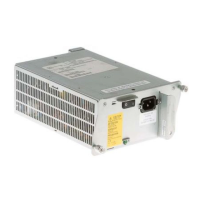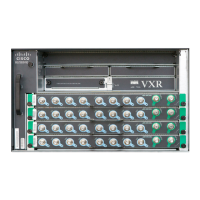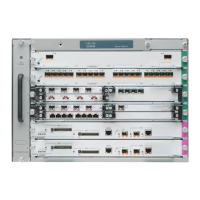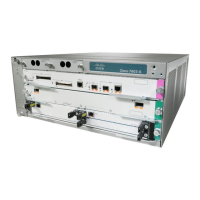Send document comments to nexus7k-docfeedback@cisco.com
2-8
Cisco Nexus 7000 Series NX-OS Interfaces Configuration Guide, Release 5.x
OL-23435-03
Chapter 2 Configuring Basic Interface Parameters
Information About the Basic Interface Parameters
UDLD Overview
The Cisco-proprietary Unidirectional Link Detection (UDLD) protocol allows devices that are
connected through fiber-optic or copper (for example, Category 5 cabling) Ethernet cables to monitor
the physical configuration of the cables and detect when a unidirectional link exists. When a device
detects a unidirectional link, UDLD shuts down the affected LAN port and alerts the user. Unidirectional
links can cause a variety of problems, including spanning tree topology loops.
UDLD is a Layer 2 protocol that works with the Layer 1 protocols to determine the physical status of a
link. At Layer 1, autonegotiation takes care of physical signaling and fault detection. UDLD performs
tasks that autonegotiation cannot perform, such as detecting the identities of neighbors and shutting
down misconnected LAN ports. When you enable both autonegotiation and UDLD, Layer 1 and Layer
2 detections work together to prevent physical and logical unidirectional connections and the
malfunctioning of other protocols.
A unidirectional link occurs whenever traffic transmitted by the local device over a link is received by
the neighbor but traffic transmitted from the neighbor is not received by the local device. If one of the
fiber strands in a pair is disconnected, as long as autonegotiation is active, the link does not stay up. In
this case, the logical link is undetermined, and UDLD does not take any action. If both fibers are working
normally at Layer 1, then UDLD at Layer 2 determines whether those fibers are connected correctly and
whether traffic is flowing bidirectionally between the correct neighbors. This check cannot be performed
by autonegotiation, because autonegotiation operates at Layer 1.
The Cisco Nexus 7000 Series device periodically transmits UDLD frames to neighbor devices on LAN
ports with UDLD enabled. If the frames are echoed back within a specific time frame and they lack a
specific acknowledgment (echo), the link is flagged as unidirectional and the LAN port is shut down.
Devices on both ends of the link must support UDLD in order for the protocol to successfully identify
and disable unidirectional links. You can configure the transmission interval for the UDLD frames, either
globally or for the specified interfaces.
Note By default, UDLD is locally disabled on copper LAN ports to avoid sending unnecessary control traffic
on this type of media.
Figure 2-1 shows an example of a unidirectional link condition. Device B successfully receives traffic
from device A on the port. However, device A does not receive traffic from device B on the same port.
UDLD detects the problem and disables the port.
Figure 2-1 Unidirectional Link
TX
TX
RX
RX
Device A
Device B
187781
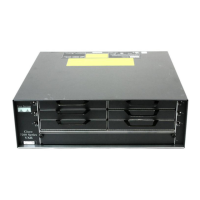
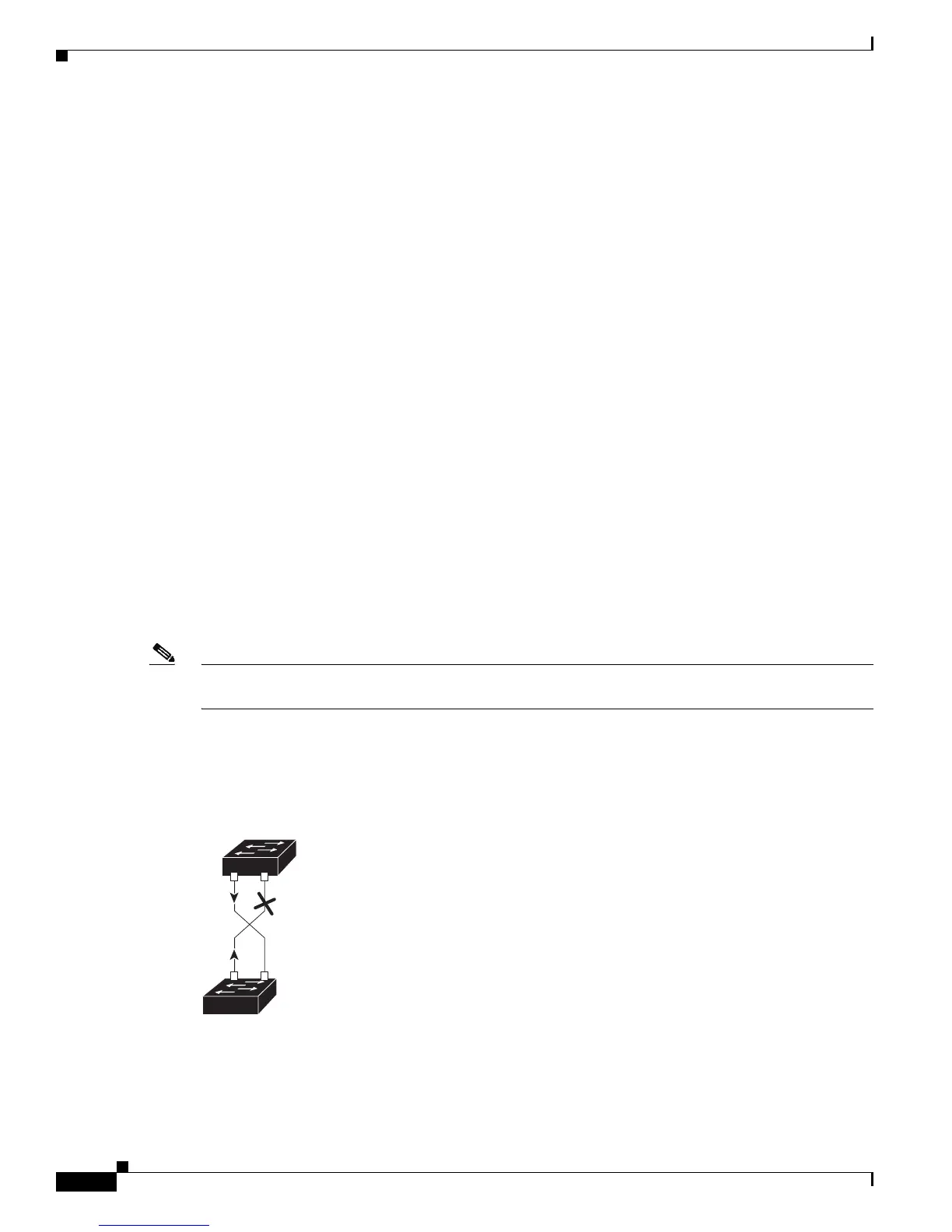